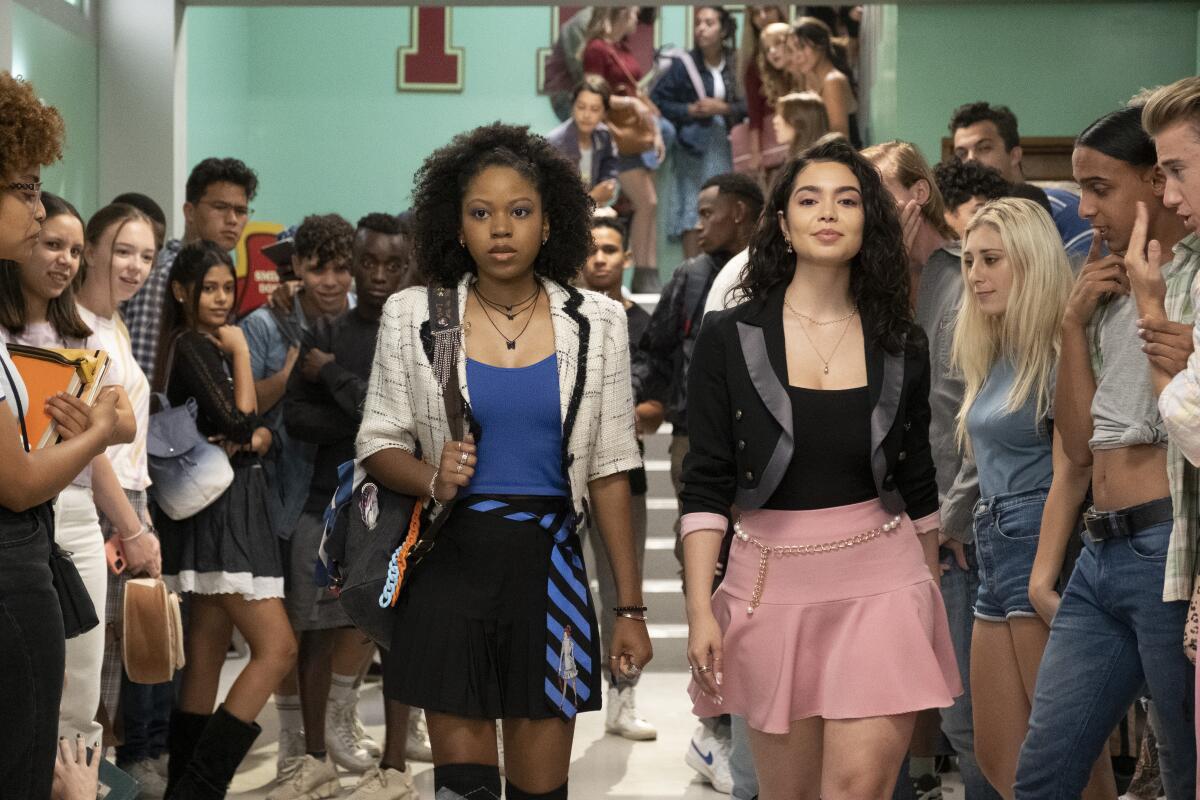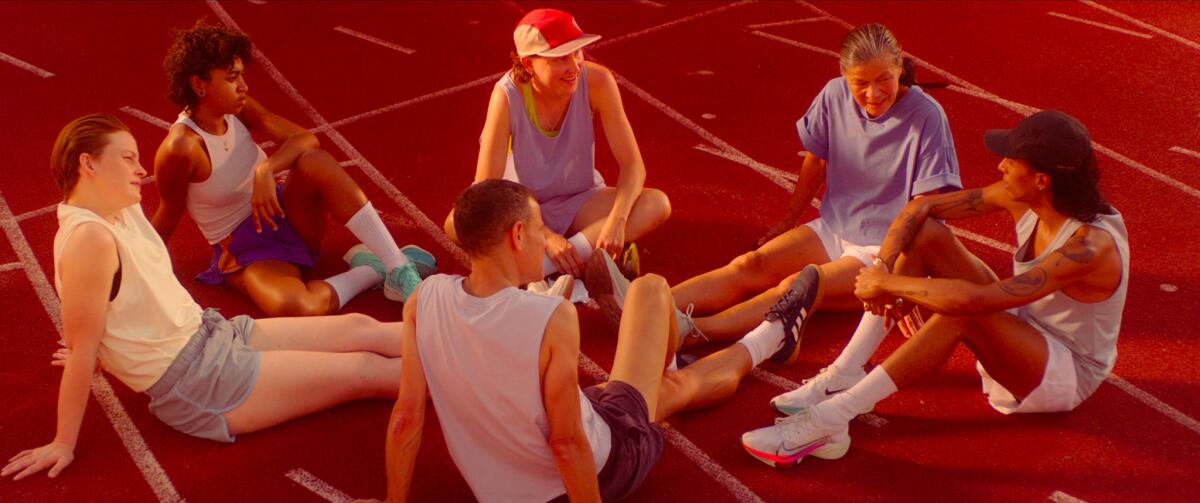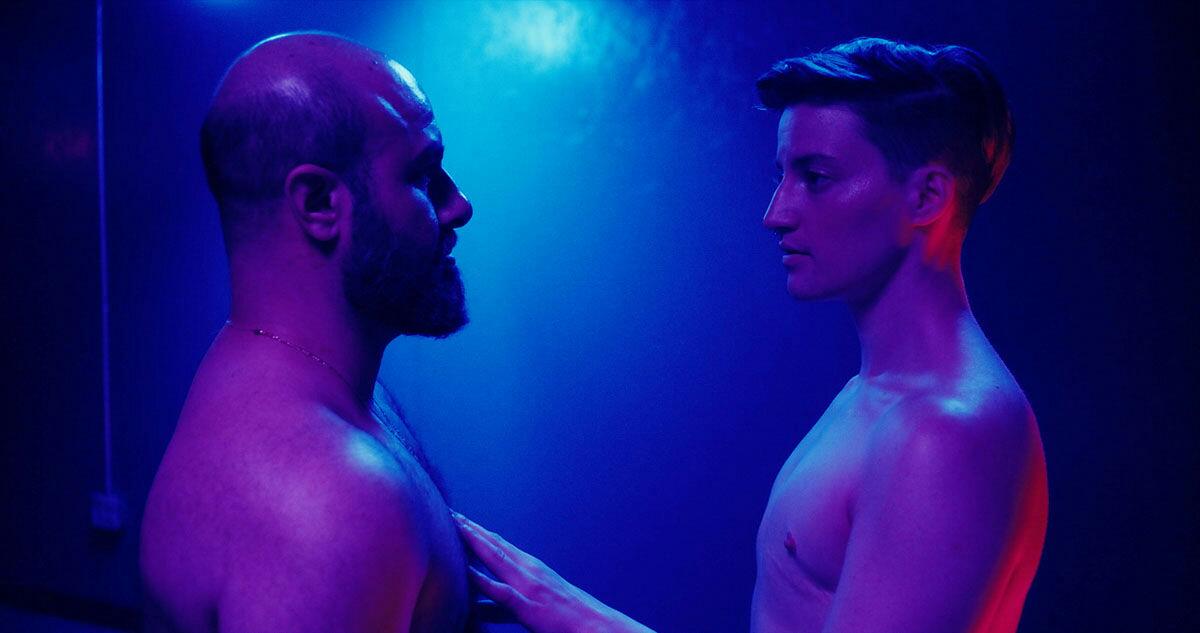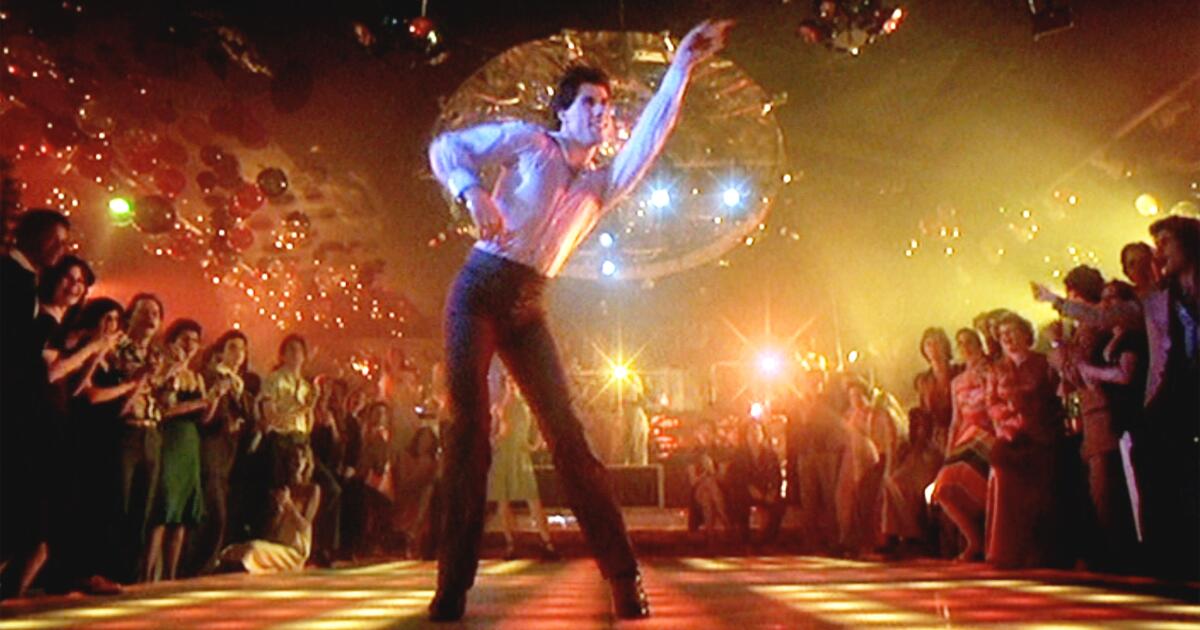A new LGBTQIA+ film series, intended as a showcase for recent work and potentially standing in for the absence of Outfest, will launch in July. Taking place at multiple venues across Los Angeles, “Queer Rhapsody” will run from July 19-28 and screen more than 50 films, including eight features.
“We’re in a moment right now where queer identity is called into question, where marginalized communities don’t necessarily have spaces to convene and share in art,” said May Hong HaDuong, director of the UCLA Film & Television Archive, who organized the series. HaDuong says “Queer Rhapsody” was motivated by a need to “create art spaces for communal engagement for queer identities under fire.”
Events for the series will take place at five venues: the Hammer Museum in Westwood; Vidiots in Eagle Rock; the American Cinematheque at the Egyptian Theatre in Hollywood and the Los Feliz 3 in Los Feliz; and the Broad in downtown L.A.
The series, with a special emphasis on hybrid works that blur the lines between fiction and documentary, will open with Drew Denny’s “Second Nature,” a documentary about evolutionary biologist Dr. Joan Roughgarden, narrated by Elliot Page.
Susie Yankou, left, and Kausar Mohammed in the movie “Sisters.”
(Jon Corum / Good Pop Films)
Other feature films will include Fawzia Mirza’s “The Queen of My Dreams,” starring Amrit Kaur and Nimra Bucha; Susie Yankou’s “Sisters,” an L.A.-set comedy on chosen family in which the filmmaker stars alongside Kausar Mohammed; and Patiparn Boontarig’s Thai romantic drama “Solids by the Seashore.” A prom-themed party at Vidiots will follow Silas Howard’s “Darby and the Dead,” a supernatural teen comedy starring Riele Downs and Auli’i Cravalho.
Other feature documentaries are Julia Fuhr Mann’s “Life Is Not a Competition, but I’m Winning,” on issues of gender in competitive athletics; Jules Rosskam’s “Desire Lines,” an examination of transmasculine identity; and Elizabeth Purchell’s “Ask Any Buddy,” which uses fragments from all-male adult films to explore historical depictions of desire.

Riele Downs, left, and Auli’i Cravalho in the movie “Darby and the Dead.”
(Marcos Cruz / Disney)
Organizers are specifically referring to “Queer Rhapsody” as a film series and not a film festival, in hopes of further fostering a spirit of conversation, not competition.
“Most festivals, or many festivals, you’re going into that track of academy qualifying, various award qualifying, status-based — you have certain designations,” said Martine McDonald, creative director and senior programmer. “And this is more about contemporary work that’s moving the lens of queer storytelling forward and really bringing community. So it makes sense for that reason, I think.”
Additionally, it was intentional, organizers say, to place “Queer Rhapsody” outside of June’s Pride Month.
“I am not a subscriber to heritage months in a way that a lot of arts organizations are forced to put communities within one bucket of a month,” said HaDuong. “The intersectionality of the day-to-day life that Angelenos live, I think it’s beyond June. It became very clear that it didn’t have to be June. And to be frank, people during Pride Month don’t necessarily want to be in a theater.”

An image from Julia Fuhr Mann’s documentary “Life Is Not a Competition, but I’m Winning.”
(UCLA Film & Television Archive)
Along with HaDuong and McDonald, the programming team behind the series also includes Moi Santos, manager of the Equity, Impact and Belonging Program at the Sundance Institute; curator Daniel Crooke, senior programmer at the Vancouver Queer Film Festival in Canada and former senior programmer at L.A.’s Outfest; and filmmaker Natalie Jasmine Harris, who has a short film playing in the series.
McDonald was also formerly director of artist development at Outfest. While the organizers of “Queer Rhapsody” are careful not to say they are looking to step into the void left by the collapse of that long-running event, they also recognize the gap it has left in the local queer arts community.
“I think queer audiences have always been really hungry for storytelling, to see themselves onscreen, to engage in spaces, beyond any one moment,” said HaDuong. “I would be remiss not to mention that, yes, of course there was this acknowledgment of what the community might be losing in the moment, and [us] stepping in and saying, ‘This is really for us to come together and do this.’ We wanted to center the filmmaking, the spaces, the stories in this moment and do it in a way that we felt was possible with our compact operations to serve the community.”
As for whether the new event will become a recurring annual fixture on the Los Angeles film calendar, HaDuong demurred, saying: “This is such a unique moment in time that we’re mostly just focused on making sure we’re here to serve the community. So one step at a time is how I see it.”

An image from Jules Rosskam’s documentary “Desire Lines.”
(UCLA Film & Television Archive)
The group of venues participating in “Queer Rhapsody” beyond the UCLA Film & Television Archive came together organically, as organizers simply thought about the places they would like to go.
“These are venues that we’ve gone to as community members as much as cultural workers,” said McDonald.
“L.A. will always need a place for queer cinema,” said HaDuong. “I thought it would be important to reach out to other venues that we’ve worked with, that we’re aware of, who are committed to this. And to be able to partner across them and say, : ‘Let’s just commit to making sure this summer we have a series that showcases these stories across the city.’”
The “Queer Rhapsody” series is coming at a moment when the city’s queer arts community is in need of an event to fill the space left by Outfest. But it has been organized with a fresh energy all its own, one rooted in a boundary-breaking curiosity and sense of exploration, right down to its name.
“Martine and I had a lot of back and forth about the title ‘Queer Rhapsody,’” HaDuong said. “The word ‘queer’ is a term that some folks don’t necessarily respond to as fully embodying every type of identity. But for me, it is a version of the LGBTQIA experience that can sometimes feel edgy. And ‘rhapsody’ is the moment where the image hits the screen, where you’re taking a deep breath and you say, ‘What am I going to see?’
“So rhapsody is that energy between the motion of moving images and the motion of people around you, living and breathing experience through art. And you can’t always quantify what rhapsody is, but you put the two together and it’s creating a space for some of that joy to come out.”















